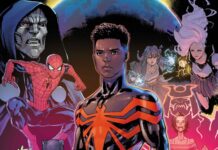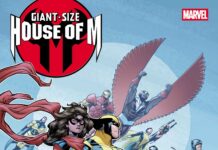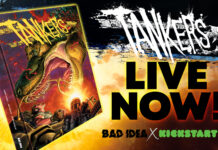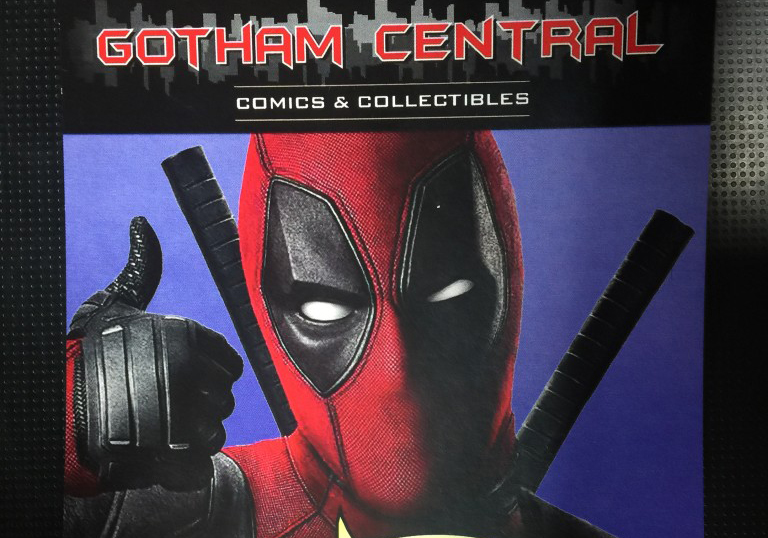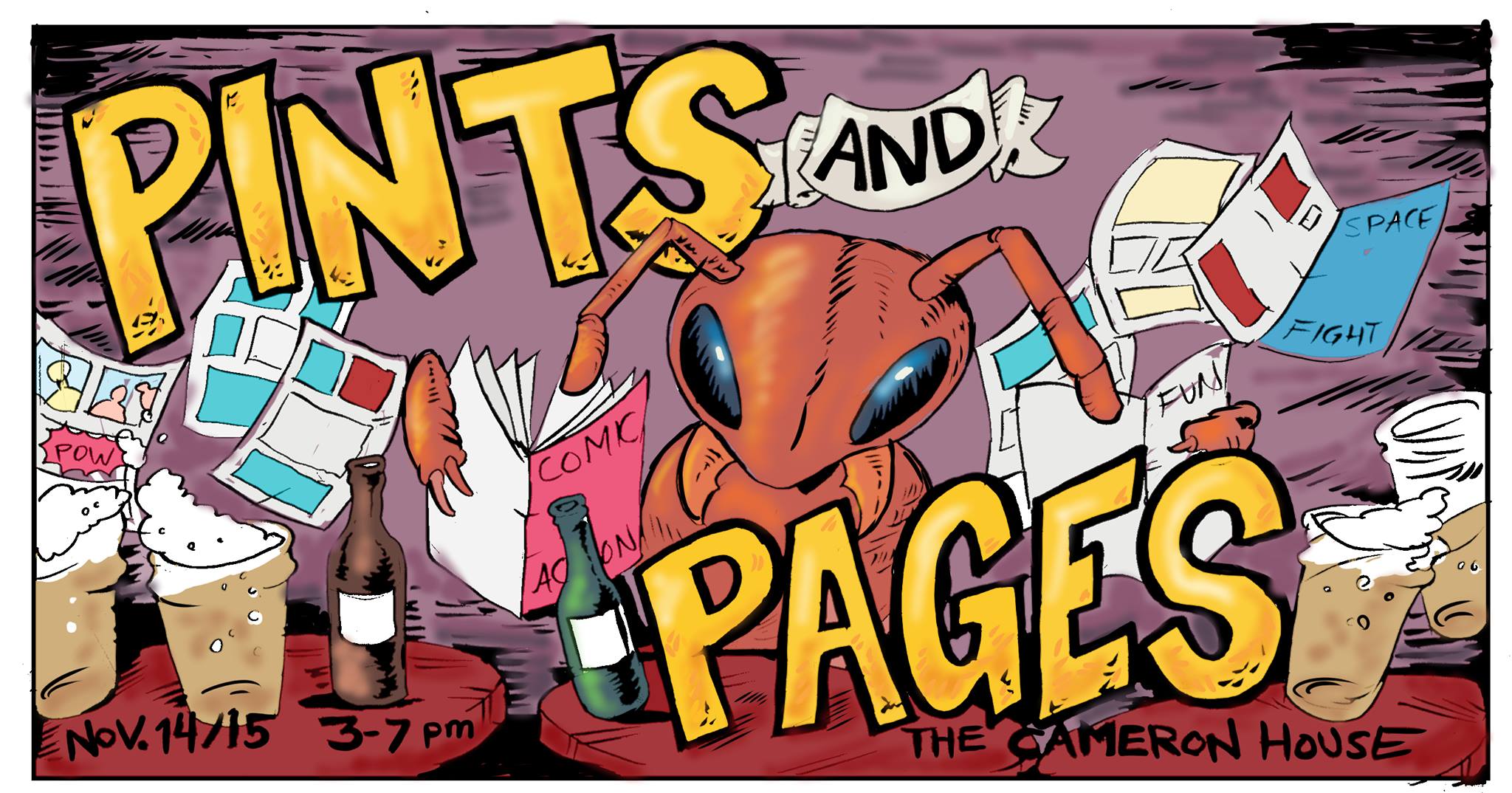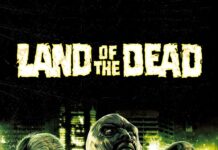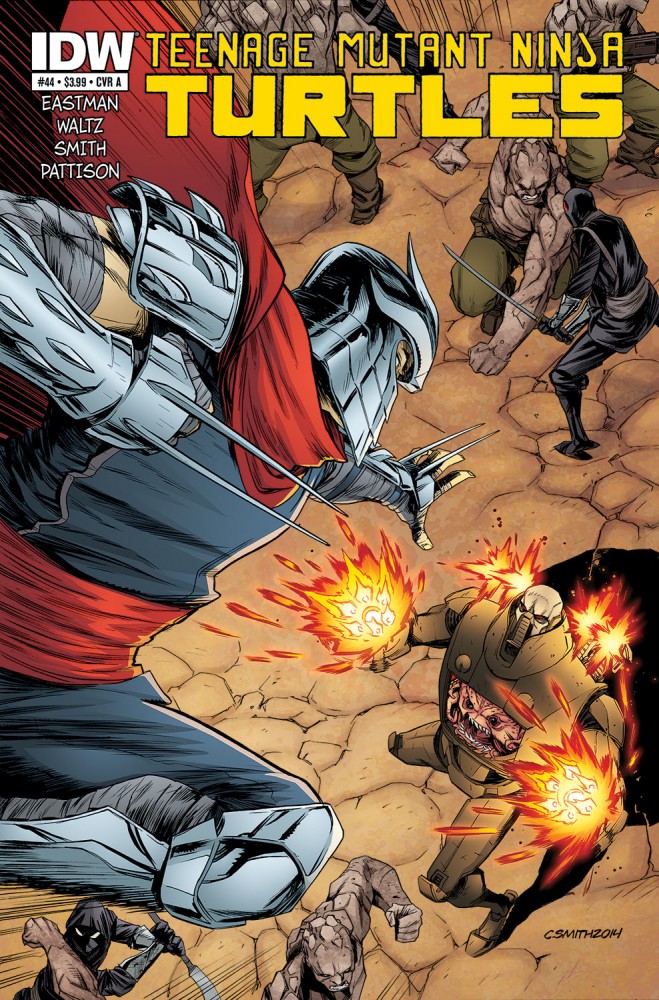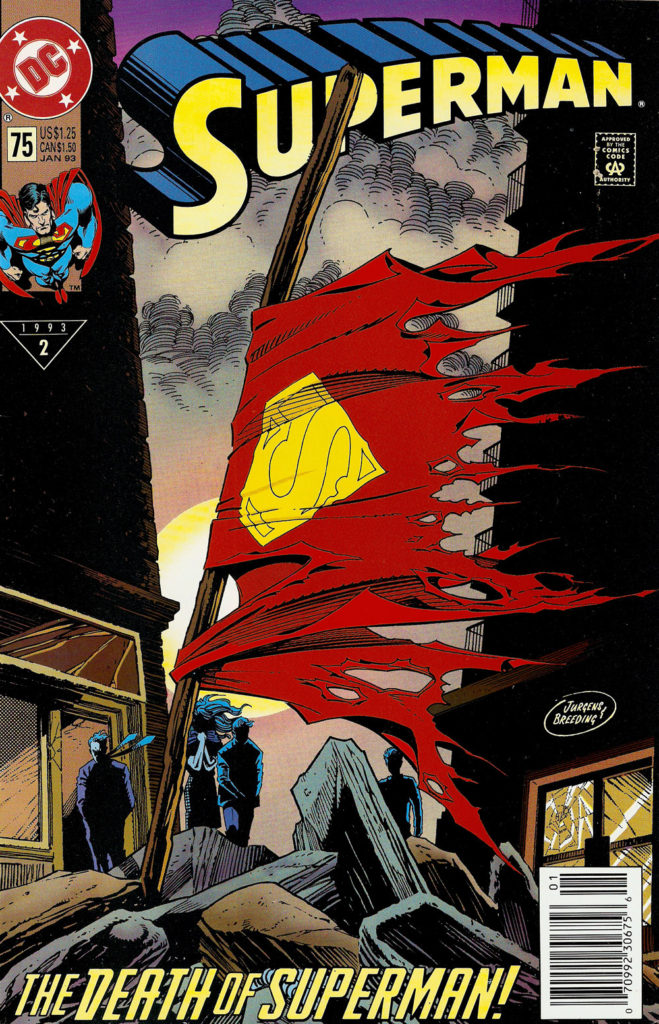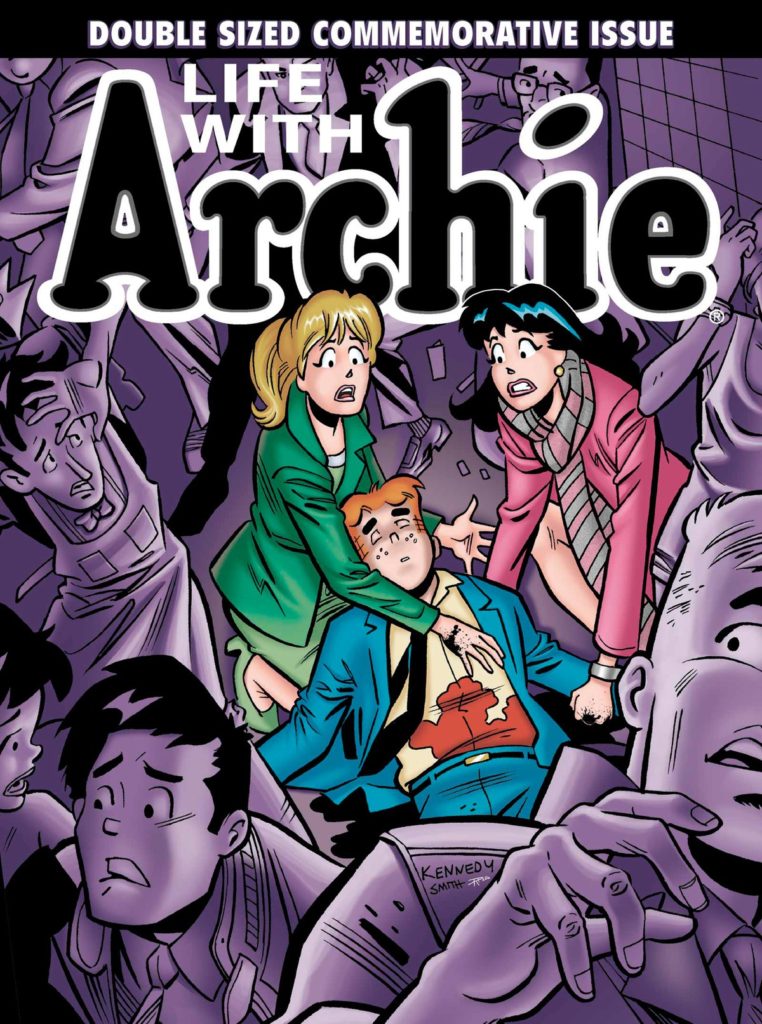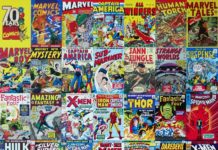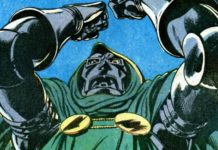A major plot development occurred recently in Teenage Mutant Ninja Turtles #44 (spoiler alert): Donatello died! Fans of the IDW comic were shocked at the hero’s passing after a brutal attack by Rocksteady and Bebop near the conclusion of the issue. Skeptics will probably roll their eyes or shrug their shoulders at the news considering the rash of superhero deaths over the last few years. Even if Donatello ceases to be a shell of his former self and gets resurrected, IDW must be given some credit for the manner in which this particular death played out. IDW went ‘old school’ with Donatello’s death by not announcing it through the media beforehand and letting it occur naturally as part of the narrative. I know what some of you may be thinking and you’re right. There’s no way that Donatello will be dead for long, especially considering the financial success of the last live action film. While that is most certainly going to be the case, at least the character’s demise occurred within the confines of the story and not as a media stunt to drive advance sales of the book. Issue #44 may still turn out to be a hot seller when sales are tabulated, but it will be because of reader demand and second printings and not due to IDW’s hype machine. Rumor has it that Donatello shows up in images from issue #45 so we’ll all have to wait and see what happens next.
The use of Super hero deaths was used to great effect when Archie and Wolverine were killed off last fall. For those of you who missed it here’s our article on their deaths and those of other prominent comic book characters from our September 2014 issue of Comix Asylum Magazine.
R.I.P. Wolverine: Super Hero Deaths in Comics
The comic book landscape has become littered with tombstones bearing the names of some of its most iconic characters. Superman, Batman, Spider-Man, Captain America, and Green Lantern have all been killed off at one point or another over the years, however unlike in the real world, these deaths are seldom permanent. In July, news broke that beloved Archie Andrews would meet his end saving the life of a friend and this month marks the death of Marvel’s Wolverine.
Death in comics isn’t anything something new. Characters have been killed off before, but in the past it was typically supporting characters that faced the writer’s wrath in the name of story development. In the early 70’s Captain George Stacy and his daughter Gwen, both died at the hands of a couple of Spider-Man’s arch enemies, Doc Ock and the Green Goblin respectively. Both deaths helped to propel Peter Parker into adulthood and added a level of gravitas to the Spider-Man mythos, that at that point was already leading the way with realistic stories in a three color universe. Other deaths, like Elektra’s in Frank Miller’s Daredevil run, provided memorable comic book moments and also helped to bring closure to some classic storylines. While significant others, like Alexandra Witt, Kyle Rayner’s (Green Lantern) girlfriend, sidekicks (Bucky Barnes), and even villains (Green Goblin, Terra) have all been killed during storylines, they aren’t the only ones to be cast in Death’s shadow.
Parents fare particularly badly in comics, with many of them rarely getting past the first issue or appearing only in flashbacks. Origin stories, in particular, feature characters who don’t make it past the first issue, but continue to play pivotal roles in the narrative even after their deaths. Jor-El, Thomas and Martha Wayne, Ben Parker, and the Flying Graysons all perished before their offspring donned capes and spandex. The deaths of these characters typically define the raison d’etre of the hero’s journey, and is usually referred to every 30 or so issues, just to remind readers why our beloved heroes do the heroically crazy things that they do.
While parents, villains, sidekicks and girlfriends were the usual casualties of comic book stories, it wasn’t until the eighties when Jean Gray was killed and Marvel’s Captain Marvel died of cancer, that prominent heroes died for good. Heroes had met untimely deaths before, Thunderbird of the X-Men for example, but the decision to kill off Jean and Mar-Vell shifted the landscape. The storylines surrounding those deaths shocked readers, provided bumps in sales and set up a rash of high profile comic book deaths in the years to come.
The Death of Superman was arguably the biggest thing to hit comics during the nineties. Killing the most recognizable super hero in pop culture garnered national attention for DC Comics. News reports highlighted Superman’s death at the hands of Doomsday, and captured the shock and sadness expressed by hardcore and casual fans alike. Sales of the issue skyrocketed and DC had a critical and commercial success on its hands. The problem with the Death of Superman however, was the fact that DC without Superman is like jelly without peanut butter. Eventually, Superman returned, but with much less fanfare than his departure. Nonetheless, a successful business model was born and other comic book companies were dying to jump on this particular bandwagon.
After the rock star nineties, comic book sales began to plummet. Where top titles once sold in the millions per month, a number one book in today’s market sells about 1/10 that number. To help boost sales, publishers resorted to the one thing they knew would generate them: death. The plot device that was once used to sell books and advance storylines was now being used solely to drive sales. Since the Death of Superman, Captain America, Spider-Man (in two universes!), the Human Torch, Aquaman, Robin and Green Lantern among others have all ‘died’ only to be brought back in re-launched titles or in time for their next cinematic feature. Some of the deaths and rebirths have been quite successful and have added a worthy chapter to the character’s history. Ed Brubaker’s Winter Soldier arc in the pages of Captain America was excellent and even included the successful resurrection of Bucky. The return of Hal Jordan and Dick Grayson and Damien Wayne’s turn as Batman and Robin were also popular with critics and fans.
However, with each passing death/rebirth an air of cynicism has settled over the comic fan base. Archie’s and Wolverine’s deaths are just the latest in a long line of attempts to combine story telling and marketing to improve sales. Comic book publishers are in the business of making money, but fans are leery of these events turning into gimmicks. If a hero is going to be killed off, then they should stay dead. This would make the story worth something after the hype has faded into memory and the next event or company wide crossover has hit the stands. Would the death of Jean Gray have had the same impact if she was brought back a year or two later (as was planned)? Probably not. Fear not though as Archie and Wolverine won’t be gone for long. The media coverage surrounding Archie Andrew’s death in Life with Archie helped to promote that title’s last issue, but the character will live on in the main publications by Archie Comics. Wolverine, he of the mutant healing factor, will no doubt go out in a blaze of glory this September, but he will surely return once it’s time for his cinematic version to hit the big screen in the next Wolverine and X-Men films.
Competition for readers is more difficult now than ever. Comic books, like any other medium, must do everything it can to battle for consumer’s entertainment dollars. In the past, a compelling story might have been enough to get people to pick up an issue featuring their favourite heroes, but with the rise of digital media, video games and movies, that isn’t enough anymore. It’s easy to say that publishers need to come up with better stories to satisfy their sales figures. Great comics are being produced today (Hawkeye, The Stand, Chew, Saga), and top creative talent are on high profile books (including David Finch on Wonder Woman), but that may not necessarily translate into sales. What’s for certain though, is that by going back to the well so often to kill A-List characters in order to boost sales, publishers may eventually discover that the well is dry.
This article originally appeared in Comix Asylum Magazine: Vol. 7, September 2014



